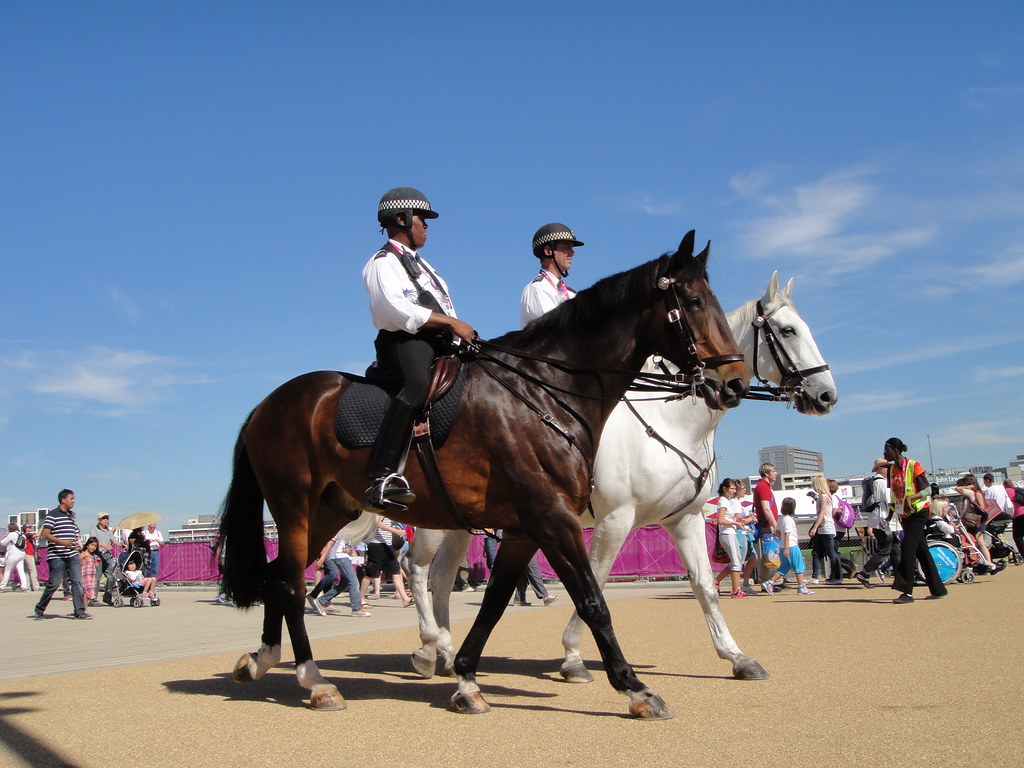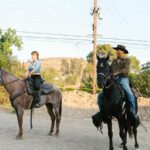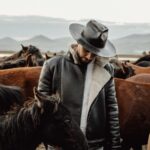While the modern world has largely replaced horses with machines for transportation and agricultural work, these magnificent animals continue to serve humanity in numerous specialized—and sometimes surprising—roles. Beyond recreational riding and racing, horses remain integral to various professions, performing tasks that machines simply cannot replicate with the same effectiveness. Their intelligence, strength, and close relationship with humans make them irreplaceable partners in several unusual occupations. From therapeutic assistance to law enforcement, and from search and rescue to ceremonial duties, horses continue to work alongside humans in ways that honor their historical importance while adapting to modern needs.
Police Mounted Units
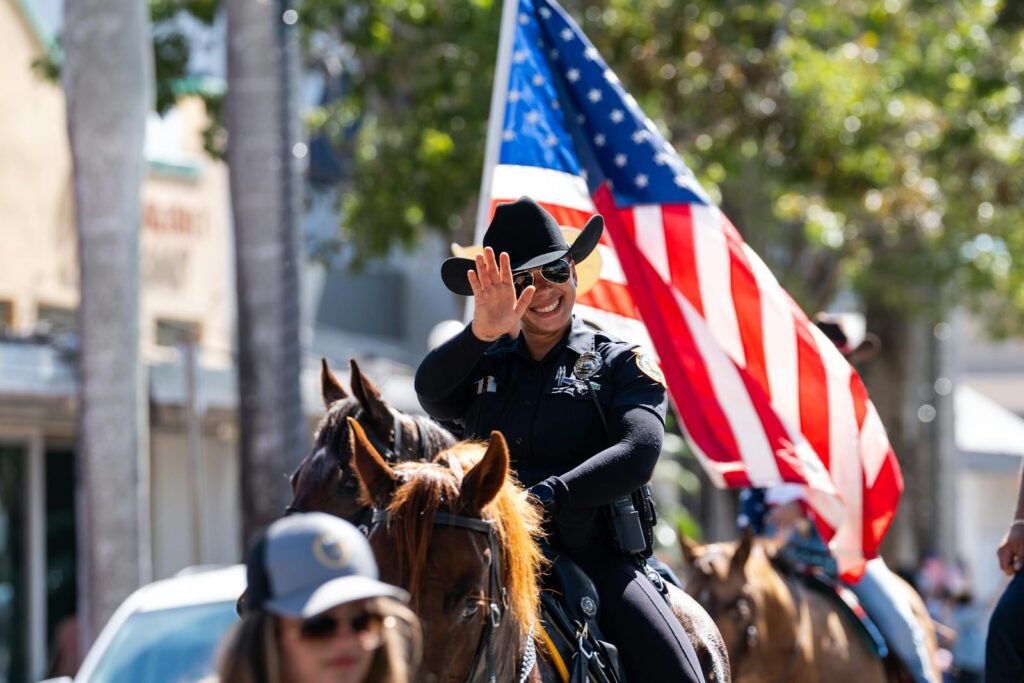
Despite technological advances in law enforcement, mounted police units remain vital in many cities around the world. Horses provide officers with elevated vantage points, allowing them to observe crowds and detect potential issues that might be missed at ground level. Their imposing presence serves as an effective deterrent in crowd control situations, with one mounted officer often considered equivalent to ten officers on foot. Additionally, horses can navigate urban environments with surprising agility, accessing areas that vehicles cannot reach, such as parks, narrow alleys, and pedestrian zones. The natural partnership between officer and horse also creates approachable community ambassadors, fostering positive public relations in ways patrol cars cannot match.
Therapeutic Riding and Hippotherapy
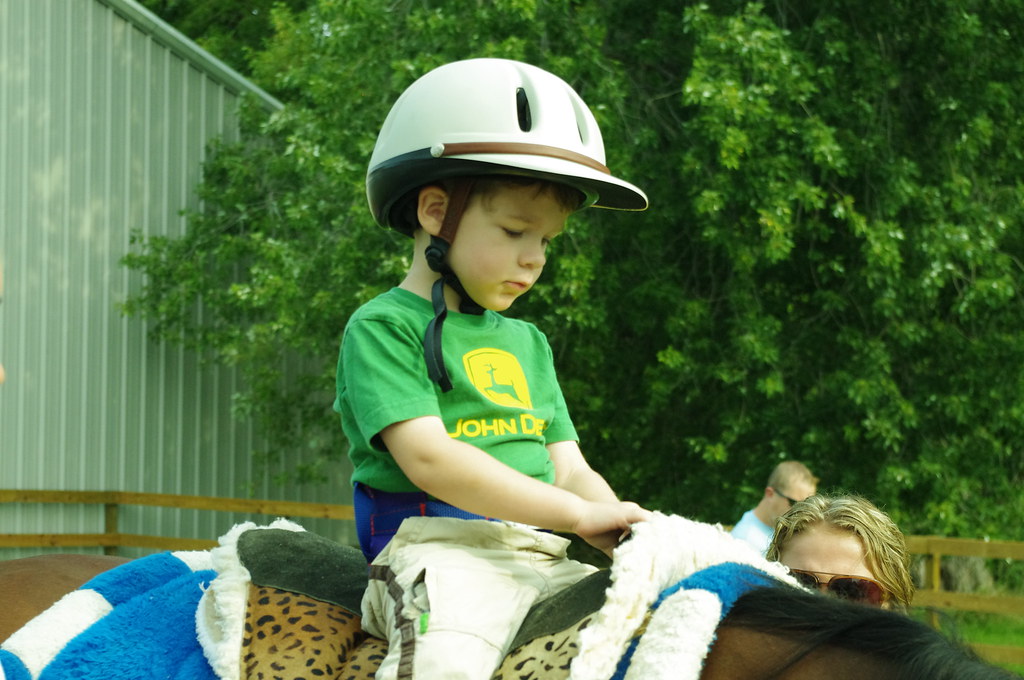
One of the most remarkable modern roles for horses is in therapy for people with physical, cognitive, and emotional challenges. Hippotherapy uses the horse’s natural gait to provide motor and sensory input that mimics the human walking pattern, helping patients with conditions such as cerebral palsy, multiple sclerosis, and those recovering from strokes. Beyond physical therapy, therapeutic riding programs support individuals with autism, PTSD, depression, and anxiety through the unique emotional connection formed with these sensitive animals. The rhythm, warmth, and three-dimensional movement of horses cannot be replicated by machines, making this therapy uniquely effective. Research continues to validate the significant improvements in balance, coordination, muscle tone, and psychological well-being that result from equine-assisted therapies.
Search and Rescue Operations

In wilderness settings where vehicles cannot navigate, horses serve as invaluable search and rescue partners. Their ability to traverse difficult terrain—such as mountains, forests, and deserts—often makes them superior to ATVs in emergency situations. Horses can work for extended periods without refueling, navigate dense vegetation, and cross streams or unstable ground that would stop mechanical vehicles. Their keen senses—particularly their excellent night vision and ability to detect subtle environmental changes—help teams locate missing persons more effectively. Most impressively, experienced search and rescue horses can remain calm in chaotic situations and even learn to alert to human scents, making them indispensable team members in rural and wilderness rescue operations.
Logging in Sensitive Ecosystems
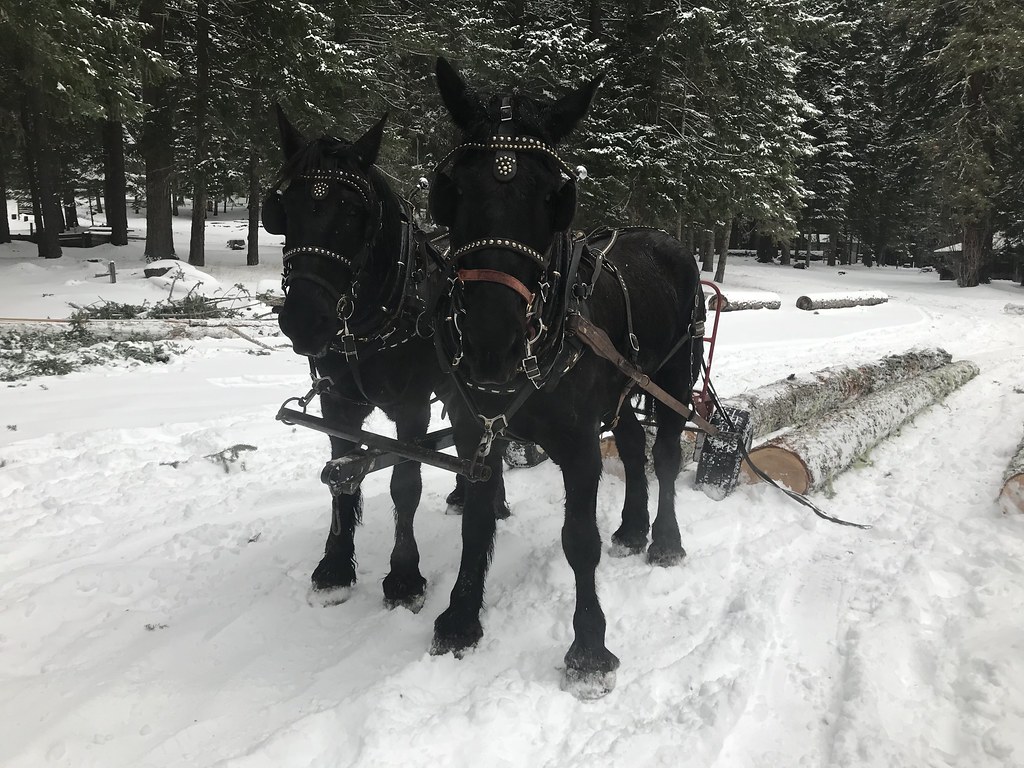
In environmentally sensitive forestry operations, horse logging has experienced a resurgence as a sustainable alternative to heavy machinery. Draft horses can extract timber with minimal damage to the forest floor, avoiding the soil compaction and erosion caused by conventional logging equipment. This horse-powered approach leaves the understory vegetation largely intact, protecting wildlife habitats and allowing for faster forest regeneration. For selective harvesting in national parks, protected watersheds, or hard-to-reach woodlands, horses can navigate tight spaces between trees that would otherwise require destructive access roads for machines. The environmentally friendly nature of horse logging makes it especially valuable for conservation-minded forestry and areas where minimal ecosystem disruption is essential.
Vineyard Management

Several prestigious vineyards around the world have returned to horse-powered cultivation to improve wine quality and environmental sustainability. Horses provide precise cultivation between delicate grapevine rows without compacting the soil or damaging shallow root systems, as tractors often do. The improved soil structure and microbial activity resulting from horse cultivation contribute to healthier vines and, many vintners believe, superior wine characteristics. Horses also eliminate the pollution concerns associated with diesel equipment, aligning with the growing consumer preference for environmentally responsible agricultural practices. Some historic European vineyards—particularly in regions of France and Italy—maintain this tradition not only for its practical benefits but also as part of their heritage and brand identity in the luxury wine market.
Pack Animals for Scientific Expeditions

Scientific research in remote wilderness areas often relies on horses and mules to transport equipment, specimens, and supplies where motorized vehicles cannot reach. Geological surveys, wildlife biology field studies, archaeological excavations, and environmental monitoring projects in mountainous or protected areas frequently employ equine pack animals. These horses can carry substantial loads—up to 20% of their body weight—over challenging terrain, navigating obstacles that would stop mechanical transportation. Their environmental impact is minimal compared to vehicles, making them the preferred option in fragile ecosystems where research permits specifically prohibit motorized access. Scientists working with pack horses develop specialized skills in load balancing, animal care, and wilderness travel, connecting them to generations of explorers who relied on similar partnerships.
Ceremonial and Military Traditions

Horses continue to perform ceremonial roles that preserve historical traditions and add spectacle to important state functions. The Household Cavalry in the United Kingdom, the Carabinieri in Italy, and similar mounted units around the world participate in parades, presidential inaugurations, and royal ceremonies, maintaining cultural heritage through precisely executed drills and impressive formations. Military funeral processions often feature caparisoned horses with empty boots reversed in the stirrups, symbolizing a fallen leader looking back at their troops one final time. At Arlington National Cemetery, the Caisson Platoon’s matched horses draw caissons bearing the caskets of service members—a tradition dating back to field artillery practices. These ceremonial duties connect modern audiences to the past while showcasing the majesty and discipline of working horses.
Cattle Ranching and Herding
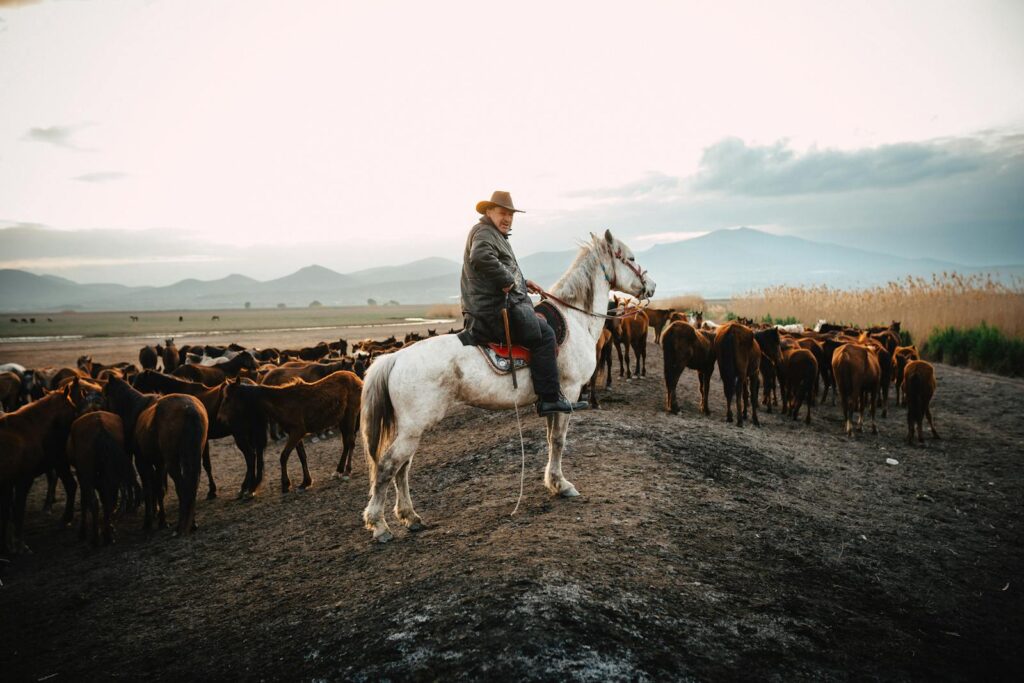
Despite the prevalence of ATVs and helicopters in modern ranching, horses remain essential for effective cattle management across the vast rangelands of the American West, Australia, and South America. Experienced ranch horses understand cattle behavior intuitively, anticipating movements and responding to subtle cues from both the livestock and their riders. Their maneuverability allows cowboys to work in tight spaces, dense brush, and steep terrain where mechanical vehicles cannot safely operate. During cattle drives and roundups, horses demonstrate remarkable stamina, working long days in difficult conditions while maintaining the agility needed to cut individual animals from the herd. The quiet operation of horses also prevents stress responses in livestock that machinery noise often triggers, resulting in healthier animals and higher-quality meat production.
Film and Television Production
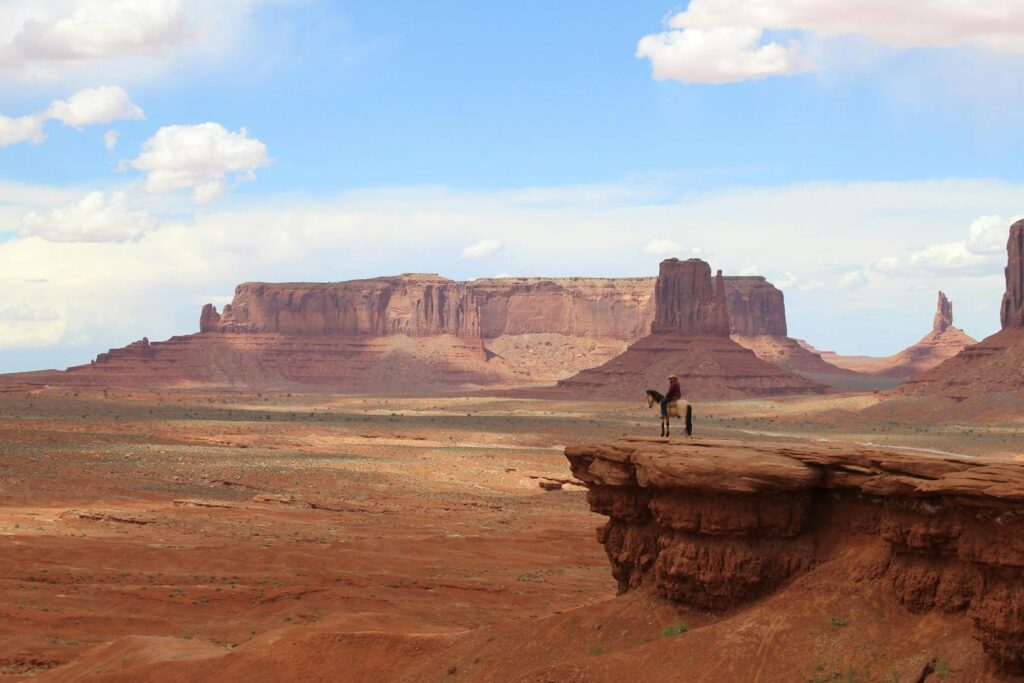
The entertainment industry employs specially trained horses for historical productions, action sequences, and scenes requiring authentic animal performances that CGI cannot convincingly replicate. These equine actors work with skilled trainers who teach them to perform specific behaviors on cue, from dramatic falls (performed by specialized “falling horses”) to lying down on command or appearing aggressive without actually endangering actors. Period productions especially depend on horses trained to remain calm amid chaotic battle scenes, tolerate unusual costumes, and work comfortably around cameras, lights, and sound equipment. Some horses develop specialties in certain types of performances, becoming sought-after talents for specific roles, with the most versatile and reliable animals commanding premium rates in the industry.
Urban Carriage Services
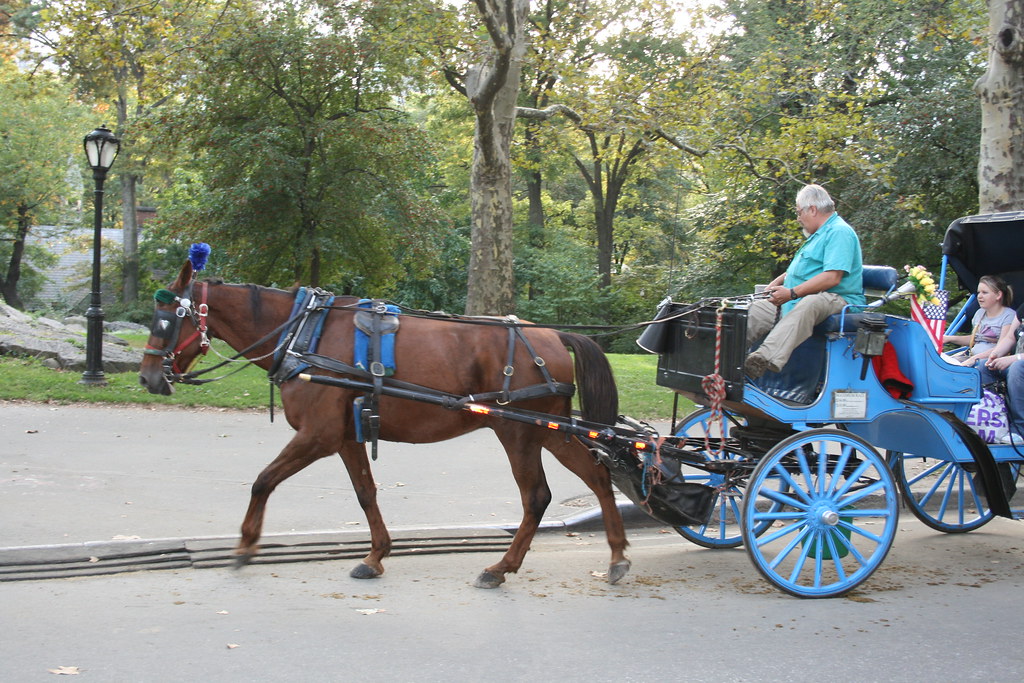
Despite controversy in some cities, horse-drawn carriages continue to operate as tourist attractions in destinations like New York’s Central Park, Vienna, Charleston, and New Orleans. These working horses offer visitors a glimpse into historical transportation while creating distinctive urban experiences that connect modern cities to their past. Carriage horses undergo specialized training to acclimate them to urban environments, learning to remain calm amid traffic, pedestrians, and unexpected noises. The best carriage operators uphold strict welfare standards, including limited working hours, temperature restrictions, regular veterinary care, and proper nutrition. In cities that have preserved this tradition with appropriate regulations, carriage horses represent a living heritage occupation that supports tourism while maintaining historical horsemanship skills.
Competitive Sheepdog Trials
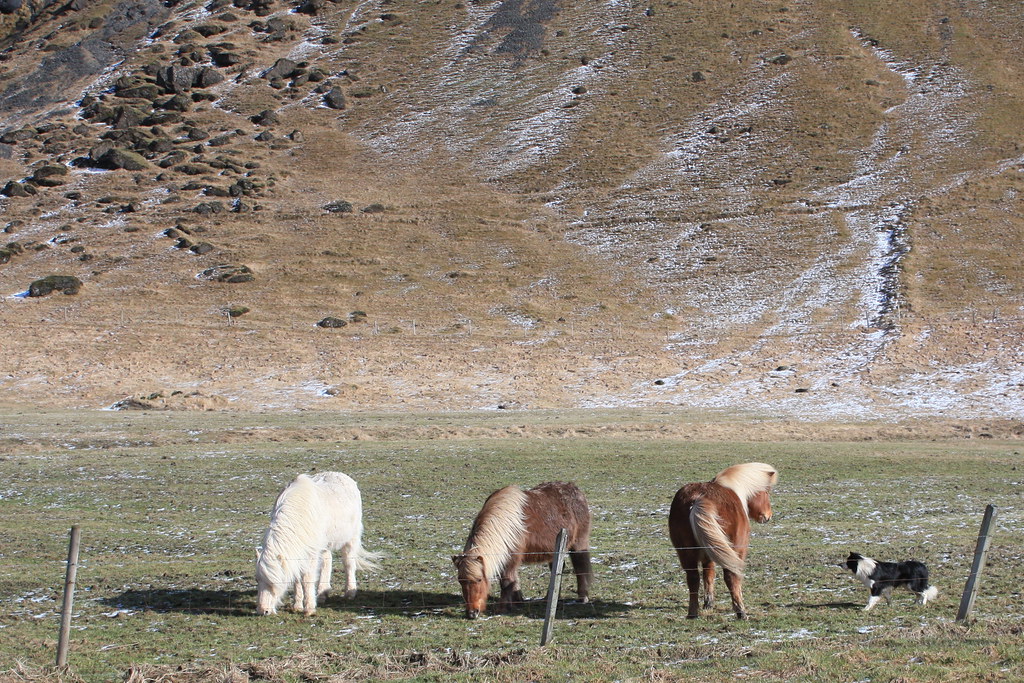
In the specialized world of sheepdog competitions, handlers on horseback participate in unique events that highlight the partnership between horse, dog, and rider. These mounted trials require horses with the intelligence and patience to position themselves precisely while the sheepdog works the livestock, responding to subtle weight shifts and leg cues from their riders. The horse must hold its position without disturbing the sheep or interfering with the dog’s movements, demanding exceptional training and sensitivity. Particularly popular in Australia, New Zealand, and parts of the American West, these competitions preserve traditional agricultural skills while testing the remarkable teamwork of all three participants. Horses used in these events develop a specialized awareness of livestock movement patterns and learn to anticipate both the dog’s and the sheep’s actions.
Equine-Assisted Psychotherapy

Beyond physical therapy, horses now serve as co-therapists in mental health programs addressing trauma, addiction, and behavioral disorders. Equine-assisted psychotherapy utilizes the horse’s heightened sensitivity to emotional states, as they respond authentically to clients’ nonverbal communication and energy. This immediate feedback helps clients build self-awareness as they observe how their internal states influence the horse’s behavior. Unlike traditional talk therapy, this experiential approach engages clients both physically and emotionally through activities like grooming, leading, or simply being present with the horse. Mental health professionals report that horses’ nonjudgmental nature creates a safe space for processing difficult emotions, while their imposing size encourages clients to develop clear boundaries and effective communication. Programs for veterans with PTSD, at-risk youth, and survivors of abuse have found particular success with this distinctive therapeutic method.
Beach Patrol and Lifeguard Assistance
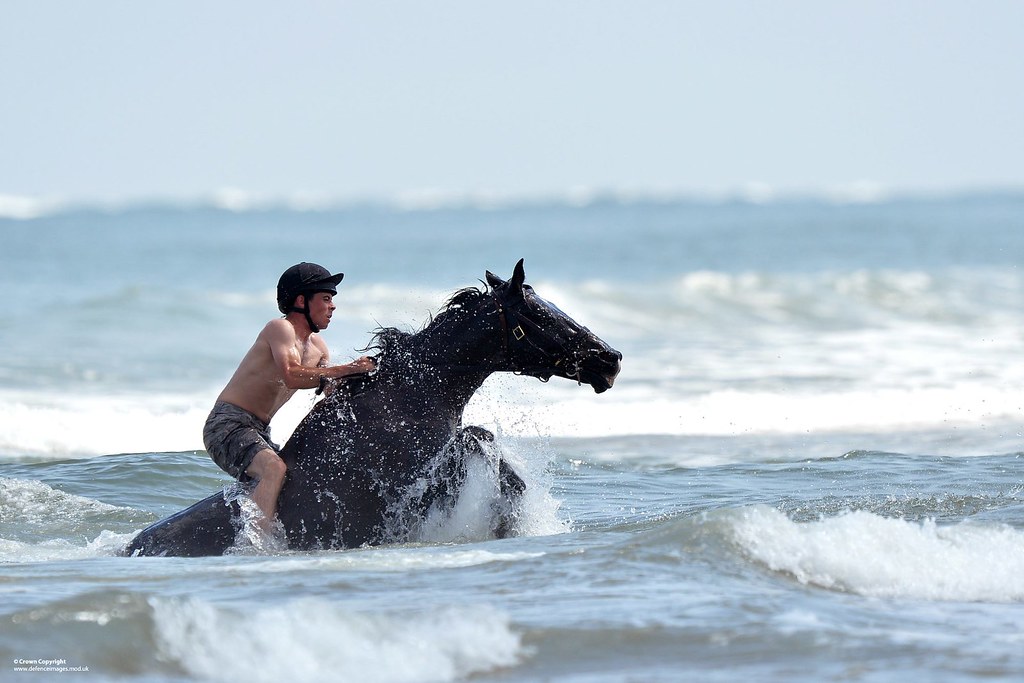
Several coastal communities worldwide employ mounted beach patrols to monitor shorelines and assist lifeguards in emergencies. Horses provide elevated vantage points for spotting swimmers in distress and can cover long stretches of beach more efficiently than foot patrols. Their speed on sand—a terrain challenging for vehicles—allows rapid response to incidents far from lifeguard stations. In addition to their practical advantages, these majestic animals foster positive public interactions, acting as approachable ambassadors for beach safety programs and creating memorable experiences for visitors. Some patrol horses are even trained to enter shallow water, using their strength and stability to help bring distressed swimmers to shore.
While technology has replaced animal labor in many areas, these specialized equine roles highlight the enduring partnership between humans and horses. Rather than becoming obsolete, working horses have adapted to fill niches where their natural abilities outperform machines. Their physical capabilities, emotional intelligence, and historical importance ensure they will continue serving alongside humans in these distinctive jobs for generations to come. Most importantly, these working relationships honor the ancient bond between our species, providing meaningful roles for horses while enriching human lives through their strength, beauty, and willing partnership.

